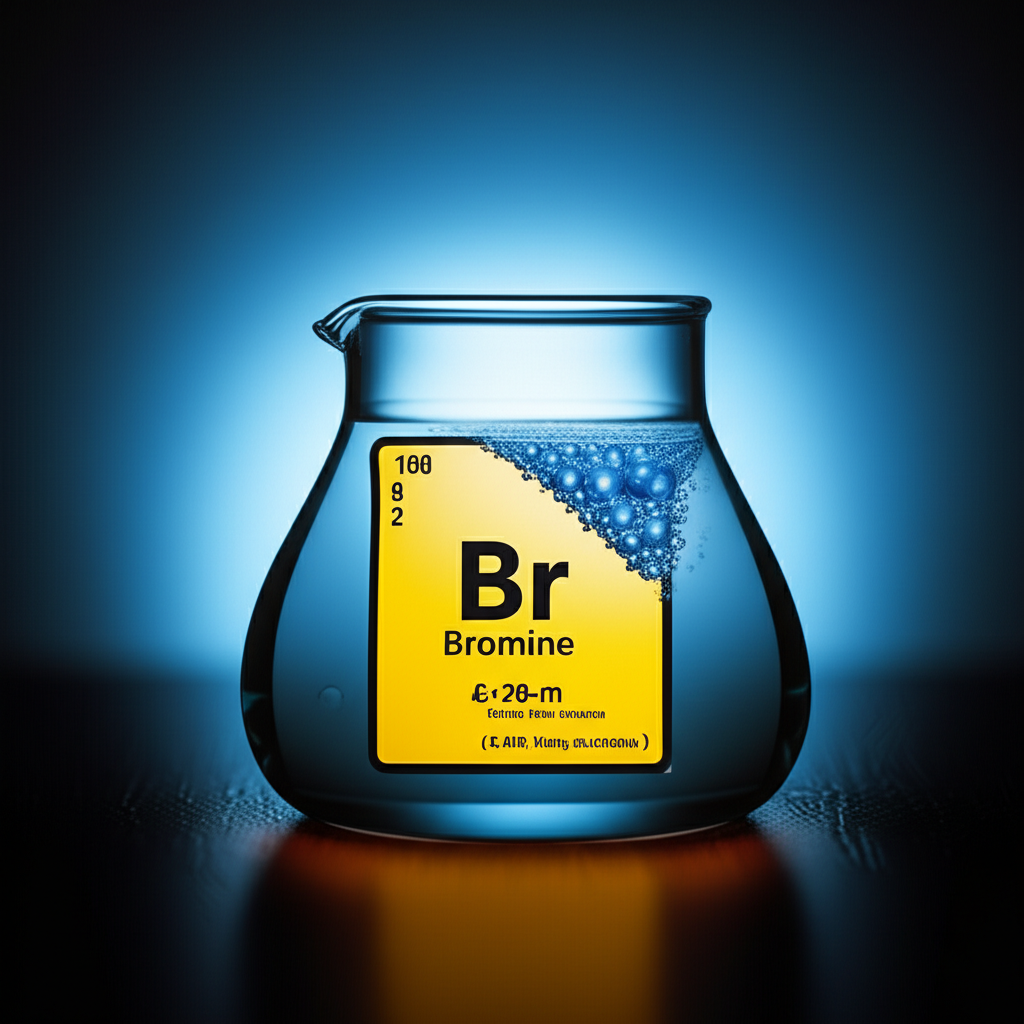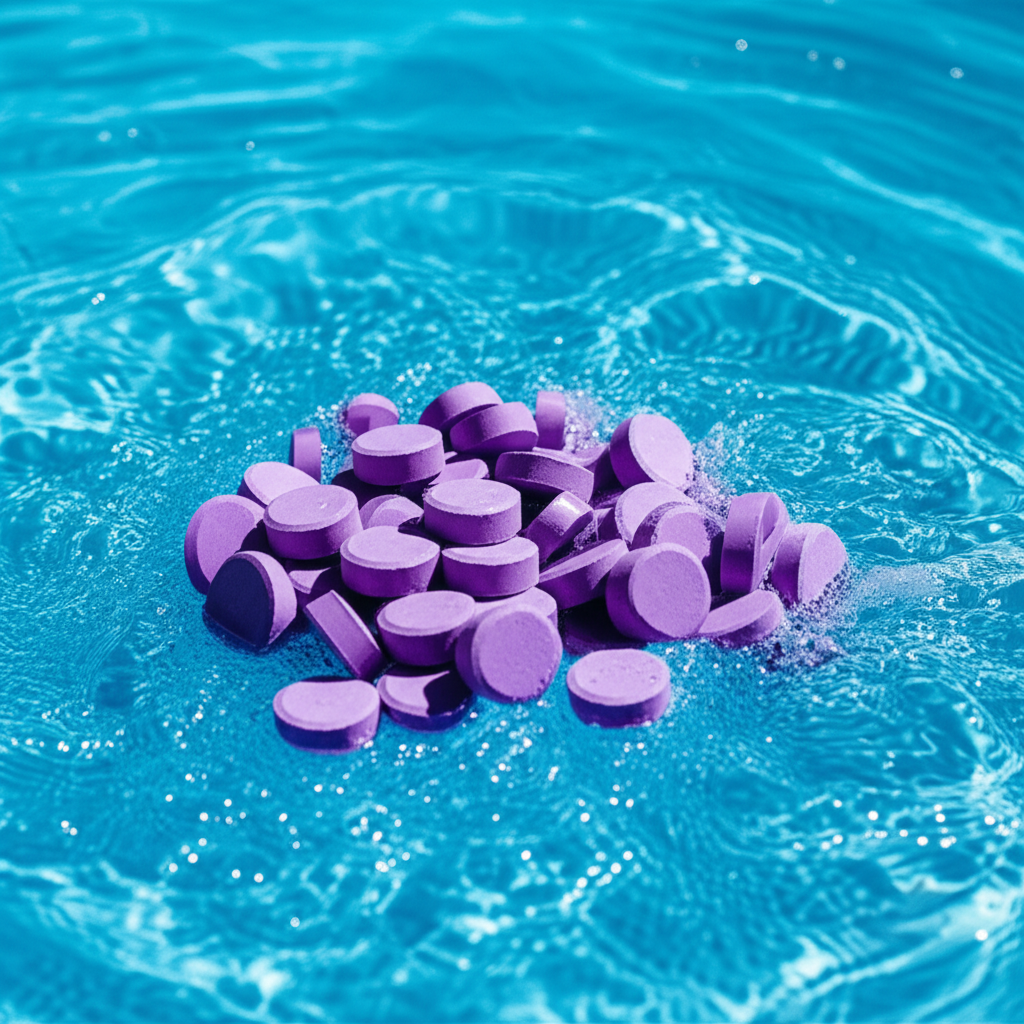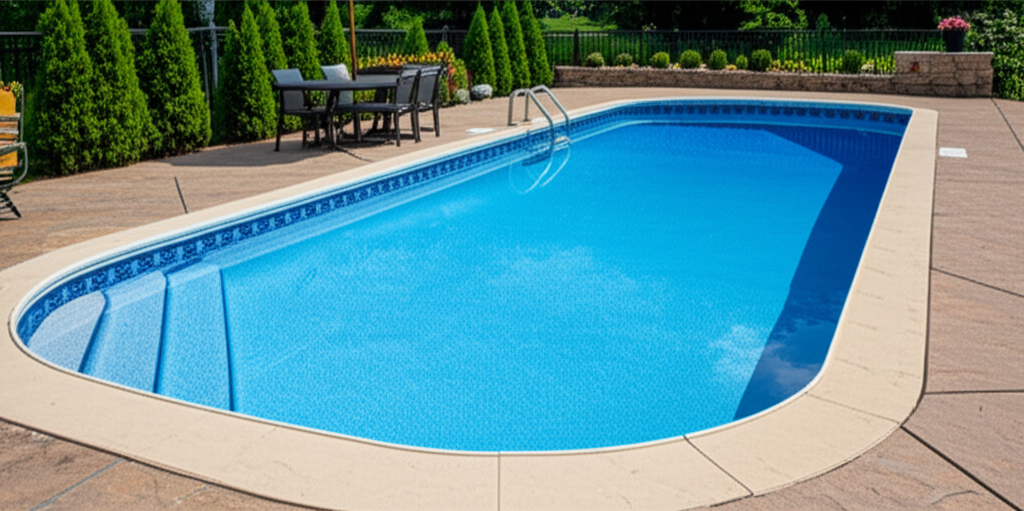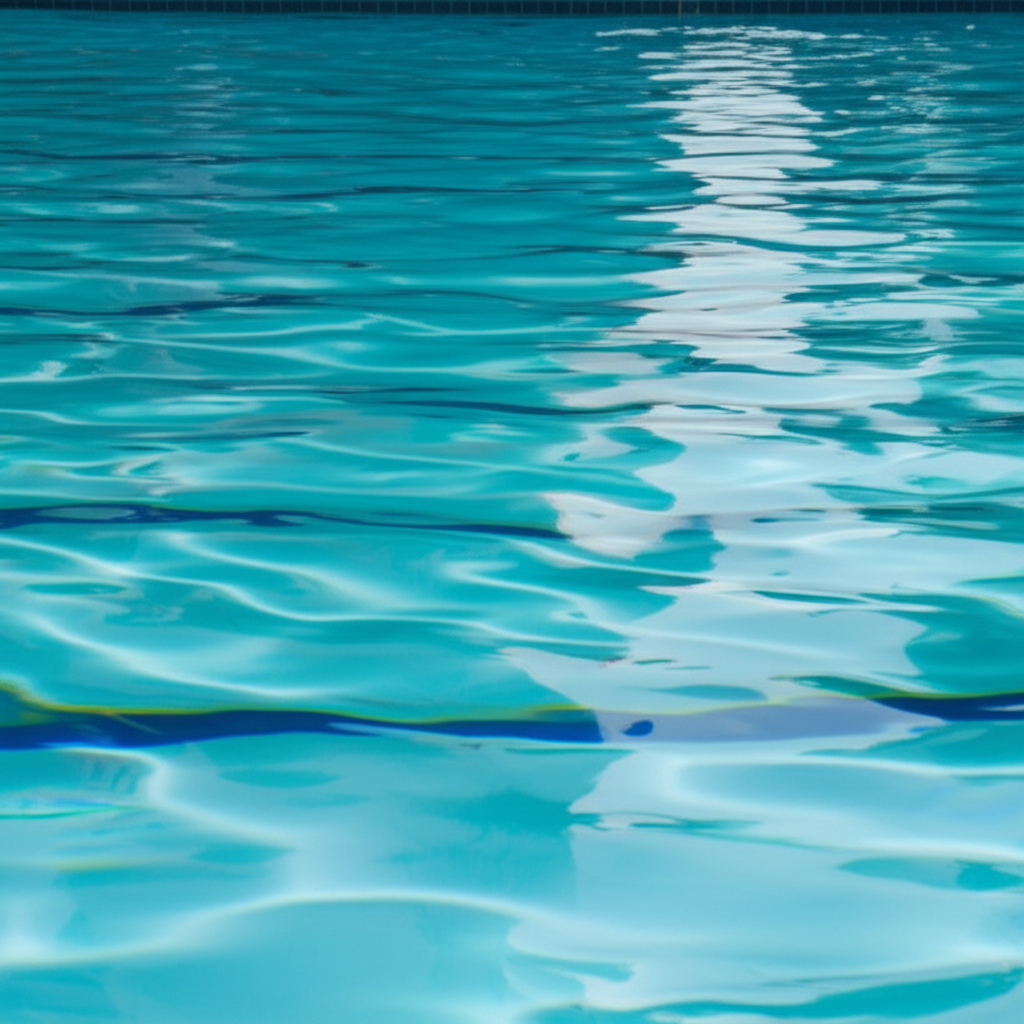Bromine Sanitizer: Your Best Chlorine Alternative
Bromine sanitizer has long been heralded as an excellent choice for maintaining clean and safe water, especially in environments where chlorine might present challenges. For many pool and hot tub owners, the search for a reliable and comfortable sanitation method often leads to exploring options beyond traditional chlorine. If you’ve experienced the strong odor, eye irritation, or skin dryness associated with chlorine, then bromine could very well be the ideal chlorine alternative you’ve been searching for. It offers a unique set of benefits, making it particularly appealing for specific applications.
Understanding Bromine Sanitizer and Its Mechanism
At its core, bromine is a chemical element (Br) that, when used as a sanitizer, functions similarly to chlorine by destroying bacteria, viruses, and algae through oxidation. Typically, bromine is introduced into water in tablet form (bromochloro-dimethylhydantoin, or BCDMH) or as a liquid. Unlike chlorine, which creates chloramines (responsible for the “chlorine smell” and irritation) when it reacts with contaminants, bromine forms bromamines. These bromamines are far less volatile, produce minimal odor, and are significantly less irritating to skin and eyes. This makes for a much more pleasant swimming or soaking experience. Furthermore, bromamines retain some sanitizing power, continuing to work even after they’ve neutralized contaminants, unlike chloramines which are spent.
Key Benefits of Opting for Bromine Sanitizer
Choosing bromine as your primary sanitizer comes with a host of advantages that address common complaints about other sanitizing agents:
Gentler on Skin and Eyes: This is perhaps the most significant benefit for many users. Bromine is renowned for its mild nature, dramatically reducing the potential for dry skin, itchy rashes, and red, burning eyes that can be common with chlorine.
Reduced Odor: Say goodbye to that tell-tale “chemical” smell. As mentioned, bromamines produce very little odor, contributing to a fresher, more natural water environment.
Effective in a Wider pH Range: Bromine maintains its sanitizing efficacy across a broader pH range (typically 7.0-8.0) compared to chlorine, which becomes less effective as the pH rises. This means better sanitation even if your pH levels fluctuate slightly, requiring less frequent pH adjustments.
Stable at Higher Temperatures: This is a crucial advantage for hot tub and spa owners. High temperatures cause chlorine to dissipate rapidly, requiring constant reapplication. Bromine, however, is much more stable in warm water, making it a highly efficient and long-lasting sanitizer for heated environments.
Longer-Lasting Residual: Bromine compounds have a longer lifespan in water, providing sustained protection against contaminants. This can translate to less frequent dosing and a more consistent level of sanitation.
Bromine Sanitizer vs. Chlorine: A Closer Look at the Chlorine Alternative
While both bromine and chlorine are effective sanitizers, understanding their differences is key to choosing the right one for your needs. Chlorine is generally more universally used for larger swimming pools due to its cost-effectiveness and rapid kill rate. It’s also typically stabilized (with cyanuric acid) to protect it from UV degradation in outdoor pools.
Bromine, on the other hand, is particularly popular for hot tubs, indoor pools, and saltwater pools where its advantages truly shine. Its stability in hot water, low odor, and gentle nature make it ideal for the intimate and often steamy environment of a spa. Bromine doesn’t require stabilization with cyanuric acid, which can be both a pro and a con. For outdoor pools, lack of UV stabilization means it dissipates faster in direct sunlight. However, for indoor pools or hot tubs, this isn’t an issue, and it avoids the potential problem of “cyanuric acid lock” that can reduce chlorine’s effectiveness over time.
While bromine can sometimes be slightly more expensive upfront than unstabilized chlorine, its benefits in terms of comfort, less frequent dosing, and stability can often balance out the cost, especially for hot tub users.
Maintaining Your Water with Bromine Sanitizer
Switching to bromine requires understanding its specific maintenance needs:
Initial Setup: You’ll typically need to establish a “bromine bank” by shocking the water with a bromine booster or non-chlorine shock. This converts bromide salts into active bromine.
Dosing: Bromine is most commonly found in tablet form, dispensed slowly via a floating feeder or an in-line dispenser. Follow manufacturer instructions for dosing based on your water volume and usage.
Testing: Regular water testing (1-3 times per week, or daily for heavy use) is essential. You’ll want to monitor bromine levels (ideally 3-5 ppm for hot tubs, 1-3 ppm for pools), pH (7.4-7.8), and alkalinity.
Shocking: Even with consistent bromine levels, periodic “shocking” (weekly or bi-weekly depending on use) with a non-chlorine shock is necessary to oxidize accumulated contaminants, reactivate spent bromamines, and prevent cloudy water.
Water Replacement: Over time, bromides can build up in the water, requiring partial or full water changes, particularly in hot tubs.
Is Bromine the Right Sanitizer for You?
Considering bromine as your primary sanitizer depends on several factors. If you or members of your family experience sensitivities to chlorine, or if you own a hot tub or an indoor pool, bromine presents a compelling argument. Its ability to maintain sanitizing power in hot water, its gentler impact on skin and eyes, and its minimal odor make for a significantly more enjoyable experience. While it requires its own unique maintenance routine, the comfort and consistency it offers can make it a superior choice for many, firmly establishing it as a leading chlorine alternative.
In conclusion, for those seeking a highly effective, comfortable, and stable sanitizer, particularly for hot tubs and indoor aquatic environments, bromine sanitizer stands out as an exceptional choice. It addresses many of the common drawbacks associated with chlorine, paving the way for a more pleasant and worry-free water experience.




